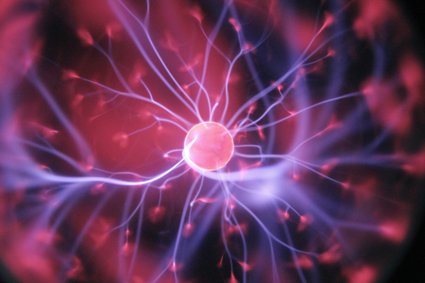
Reducing the Impact of flashpoints
Key Questions
What are the impacts (problems) associated with the flashpoints studied?
What are the possible solutions to these problems?
What role/interest do geographers and scientists have to play in these flashpoint solutions?
The three flashpoint examples of swine flu, Sichuan earthquake and climate change all impact on people and places on different scales (locally, nationally, globally) and in different ways (primarily on people or the environment or on people and places). The impacts associated with the three flashpoints have been described in detail in previous lessons in this this module - see Swine flu: an over-reaction?, Sichuan Earthquake: lessons learnt? and Climate change: global impacts.
Geographers and scientists can work together to find appropriate solutions for the problems associated with these three flashpoints:
Swine flu
Geographers can map the changes and dispersal of the disease to help scientists understand its spread. Scientists can work on understanding how the disease is mutating and develop appropriate drugs and vaccines. Both geographers and scientists can have roles in helping to educate people about the spread of disease by advising government and educational bodies as well as the media on changes in the spread of the disease, so that these groups can advise patients and/or the general public on the best course of action, to protect people and restrict the further spread of the pandemic.
Earthquake (Sichuan)
Both geographers and scientists have an interest in tectonic movement of the earth's plates and can study the occurrence of earthquakes in a particular area in order to advise other professionals on good building practice and laws and codes of building to protect people. Geographers can develop maps to show risky areas for building, so that structures such as dams and power stations can be built in suitable locations away from major fault lines, while scientists can work on new structures that can withstand earthquakes.
Climate change
Both geographers and scientists have an interest in climate change. Geographers can monitor climate and climate change, recording results in graphs and maps that can be used by other professionals to help plan for the future. Some research has shown that the risk of malaria may occur in previously unaffected areas as temperatures increase with altitude. Both geographers and scientists have a role in helping to educate people about ways to prevent malaria and scientists may formulate new drugs to protect people. As temperatures increase, theories suggest that some areas of the earth that were previously unusable for agriculture, now become useful. However, this needs adaptation. Geographers would be interested in studying the viability of the soil and landscape for agriculture, while scientists may be able to develop new crops which are adapted to new altitudes, soil conditions and temperature. As climate changes, pressures may be exerted on animal survival. Both geographers and scientists have a keen interest in species survival. Both could pressurise governments to ensure that the wellbeing of animals were preserved by the creation of possible refuges or corridors where animals could be protected.
Starter
What are the impacts of the three flashpoints?
Create a mind map.
What are the impacts of the three flashpoints? (Pandemics -swine flu, earthquakes - Sichuan and climate change.) Students reflect back on the impacts that these three flashpoints can have on people and the environment.
Main Activity
Flashpoint problems and solutions
For this activity, you will need the download Flashpoint problems and solutions cards. Work in groups of four or five and select three problems - one for pandemics, earthquakes and climate change.
In your group discuss possible solutions for each of the problems and come up with possible solutions which would reduce the impact of each of the problems. You should also consider how geographers and scientists would be involved in these solutions.
Can you think of other problems due to swine flu, earthquakes or climate change and can you think of any possible solutions to such problems?
Reducing the impact of flashpoints
Working individually or in groups, produce an information poster, leaflet or PowerPoint presentation to show possible ways to reduce the impact of either pandemics (swine flu) earthquakes or climate change.
Use several or all of the problems from the card sort activity for your chosen topic and show/explain your solutions.
The download Reduce the impact of flashpoints leaflet will help guide you through the activity.
Plenary
This activity is designed to be like Pictionary and you will need to work in pairs.
Firstly, and without telling your partner, choose two problems from those discussed in the lesson. Draw one of the problems for your partner to guess.
Make sure you spend no more than a minute on this - use an egg timer or stopwatch for timing. You partner must work out the problem that you are drawing and also come up with a solution for that problem. Then swap over and repeat the exercise.
Remember it is not only about identifying the problem, but thinking of a solution too.
File nameFiles
File type
Size
Download